Diyarbakir Travel Guide/TURKEY
Diyarbakir is an Anatolian city with many civilizations hosted throughout history and 9 thousand years of history. Diyarbakir, which serves as a natural bridge between Anatolia and Mesopotamia and carries the historical and cultural heritage of various civilizations daily, is located in the middle of the Southeastern Anatolian region.
Diyarbakir, which carries traces of a long past, hosts the Diyarbakir Castle and Hevsel Gardens, which are taken on the list of UNESCO World Cultural Heritage List, as well as the world's second longest span, the hanlar, the caravanserais, camilere and churches.
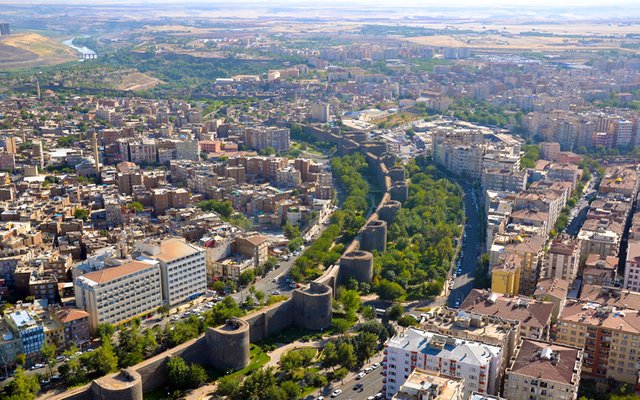
numerous civilizations in Mesopotamia, the fertile land, culture, religion and language in the bosom of the press in Diyarbakir, Turkey's capital of culture between. Diyarbakir, a major tourism, agriculture and trade center with fertile lands that take abundance from the Dicle River, has a hard land climate. It is the protective effect of the Southeastern Taurus in the city where the summers are very hot and the reason why the winters are not too cold. The most important stream of Diyarbakir, which is surrounded by the Southeast Taurus, is the Dicle River flowing parallel to the city in the east.
Throughout history, Diyarbakir has hosted 33 different civilizations such as Hurri, Assyrian, Urartu, Scythian, Med-Pers, Macedonian, Roman, Sasani, Byzantine, Umayyad-Abbasi, Seljuk, Artuklu, Eyyubi, Mongolian, Akkoyunlu, Safevi and Ottoman. it reflects this rich culture. Every step you take in the city, it traces this vast geography. You can participate in many activities as well as places to be seen in this city, one of the rare cities where life has not been interrupted for 9 thousand years, and which smells of history.
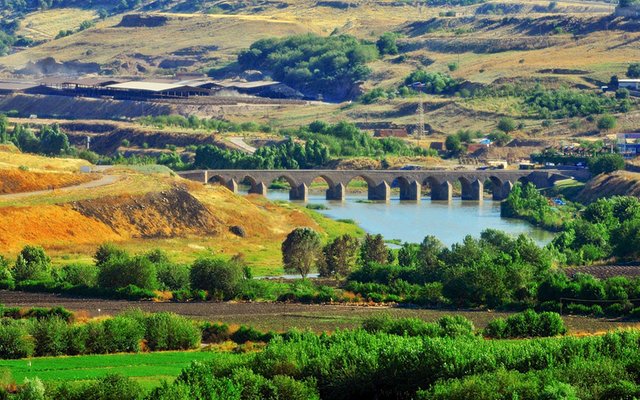
In Diyarbakir, which is very rich in terms of wildlife, Beklik Tepesi in the north of the city, Mihrap Mountain in the Ergani province, Adem Mountain in the district of Dicle and Zarga Mountain in the Silvan district and Tusculum Mountain mountain and nature walks are organized.
The Assyrians, who ruled the region in 3000 BC, call it the Amida, and Amida and Amida in Greek and Latin sources. During the Arab attacks, Bekir Vaill, a locality settled by the nomadic tribe named Bekir, was later called Diyar-i Bekir and was restored by Atatürk in 1937 as Diyarbakir. Dede Korkut is mentioned as Hamid in his book.
Diyarbakir Travel Guide
The history of Diyarbakir, which is in the transition zone of Mesopotamia and Anatolian civilizations, is based on ancient times. It is understood from archaeological investigations that it is settlement here from the caves which exist in Diyarbakir and its surroundings in the chipped stone and Mesolithic periods. In the city center of the city, 3000 Hittite and Hurri-Mittani domination took place and then Assur, Arami, Urartu, Scythian, Med, Pers, Macedonian, Selevkos, Part, Armenian, Roma, Sasani, Byzantine, Umayyad- Abbasi, Mervani, Seljuk, İnaloğulları, Artuklu, Eyyübi, Mongol, Akkoyunlu, Safevi and Ottoman Diyarbakır'ya dominated.
During the Assyrian period, Diyarbakır Hz. It was conquered by the Islamic armies in the Omar period and connected to the Islamic state as a province. One year before Alparslan's 1071 Malazgirt Field Battle, Diyarbakir developed, and then Meliksah's death passed to Syrian Seljuks in Diyarbakir. Ottoman Sultan Yavuz Sultan Selim added Diyarbakir and all of Southeastern Anatolia to Ottoman rule in 1515. Diyarbakir was the base of action for the armies of the Ottoman Empire, and it suffered great distress due to illness, fire and misery in the recent World War I, but it experienced great and important zoning, social, cultural and economic movements during the Republican era.
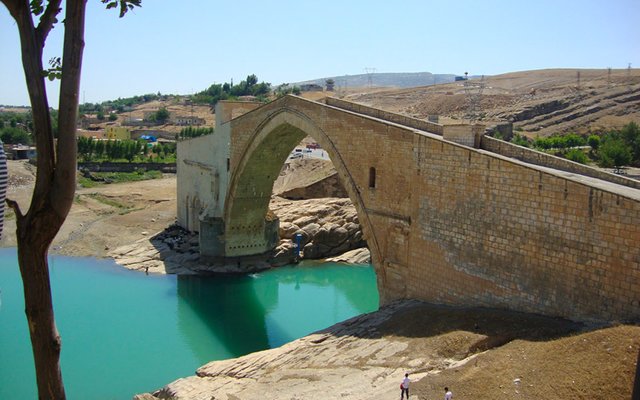
Diyarbakir Places to Visit
Diyarbakir Museum of Diyarbakir, Çayönü, Üçtepe, Hilal Cave, Hassuni Cave, Diyarbakir Walls, Malabadi Bridge, Nebi, which are the districts of Çınar, Bismil, Dicle, Çermik, Çüngüş, Eğil, Ergani, Hani, Kocaköy, Hazro, Mosque, Ulu Mosque, Safa Mosque, Mart Thoma, Forty Church, Mother Mary, Mart Pityon Church, Deliller Inn and Yeni Han are among the places to visit the city.
- Inner Castle
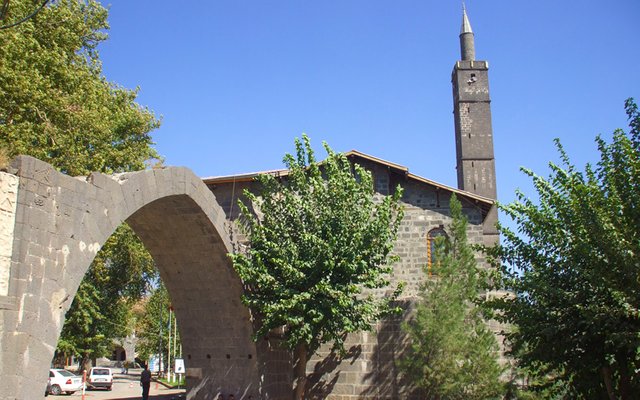
Inner Castle, traces extending to 3500 BC, heart and establishment center of the city. This structure, which has been developed and used by every civilization, has been made functional with completed restorations and cultural purposes again.
- Outer Castle
Outer fortress walls and signs bear the traces of various civilizations. Looking from above, these walls in the form of shielding fish have the title of the longest city wall after the Great Wall of China.
3rd Grand Mosque
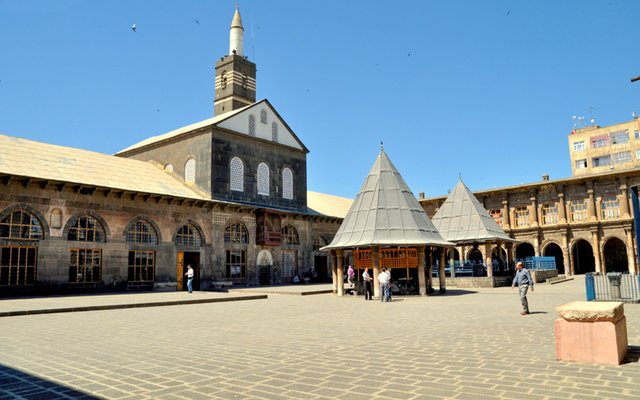
Ulu Camii is a church built as a church in this area which was used as a temple since Pagan periods. In 639, the city was transformed into a mosque by the Muslims, and the building, which is the provincial mosque of Anatolia, is known as one of the oldest mosques of Anatolia.
Çayönü Ruins
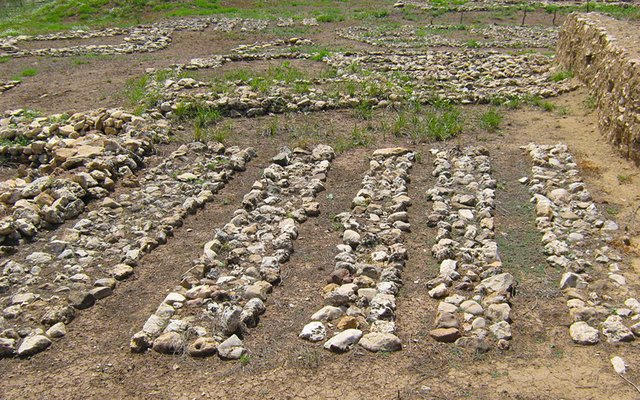
The Çayönü Ruins Site has a history dating back to about 9 thousand years ago. Discovered from the ancient city of Çayönü, known for its resident life in polished stone age, the finds are exhibited at the Diyarbakir Archaeological Museum.Malabadi Bridge
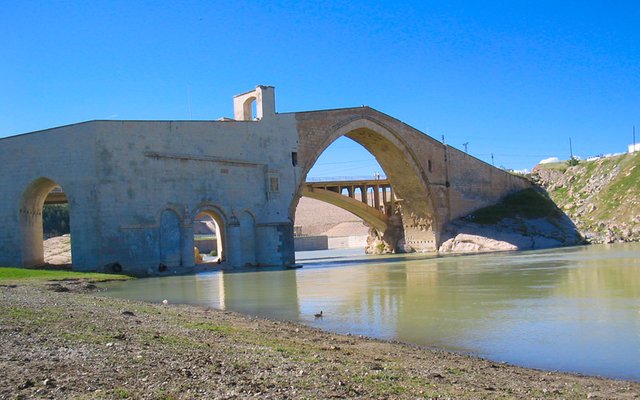
The Malabadi Bridge is the only arched structure of the Mostar Bridge in Bosnia, regarded as twin. The bridge, which is accessed by two roads and in which the rooms are located for people to rest, sleep and protect from external hazards, has many functions together with providing access.Diyarbakir Archaeological Museum
Archeology Museum exhibits works of various civilizations from Diyarbakir and its surroundings from Late Paleotherm to Ottoman period. One of the most important museums of Diyarbakir.Hevsel Gardens
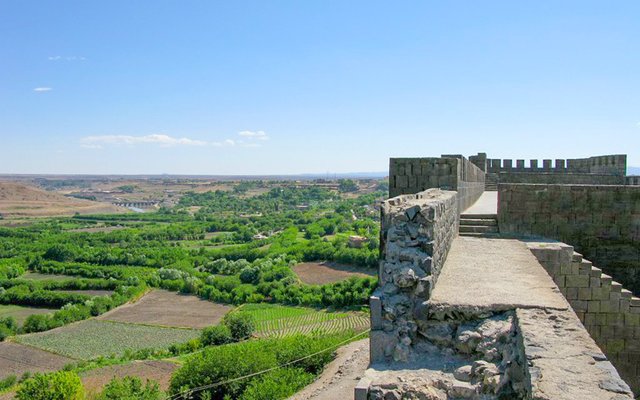
Hevsel Gardens is not only Diyarbakir's 8000 years of history between Dicle River and the historical city walls; one of the most important historical assets of our country. Throughout history, these horticultural gardens, where all the vegetables and fruits of the city have been provided for many years, are places where the city must be visited.
Armenian Orthodox Church of Surp Giragos
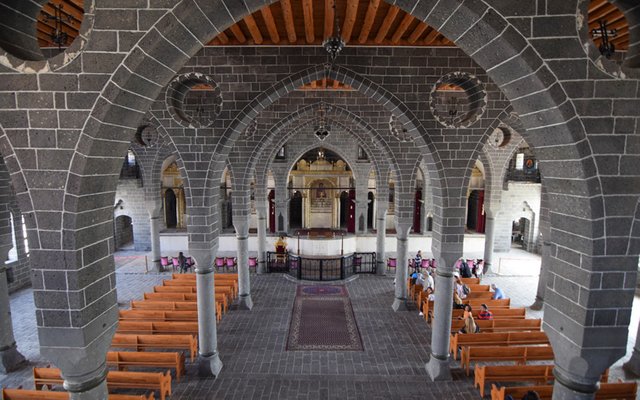
The Armenian Orthodox Church of Surp Giragos has become the only Armenian church in the world, estimated to have been built in the 16th century. The main church and other buildings around it are still a magnificent complex.Mar Petyun Keldani Catholic Church
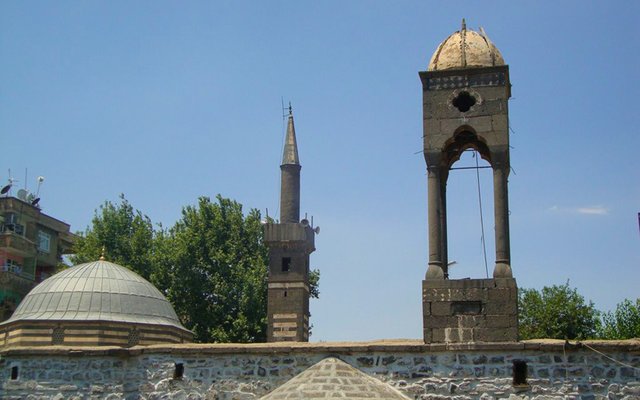
The Mar Petyun Keldani Catholic Church belongs to the Catholic Keldanil, also known as the Eastern Syriacs. Built in the 17th century and still open for worship. It also serves as Amid Keldani Patriarchate since 1681.
Mother Mary Assyrian Kadim Church
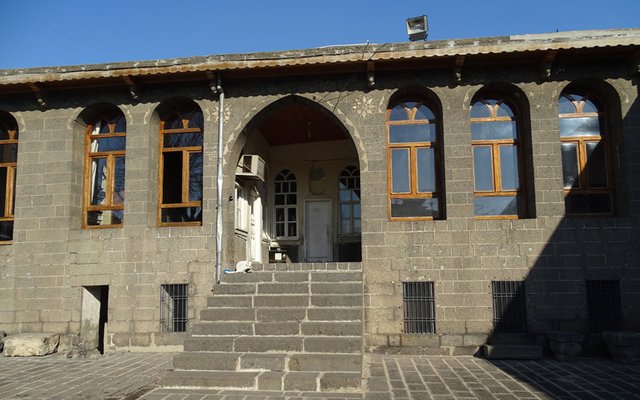
Meryem Ana Syriac The Kadim Church was founded in the 3rd century, which is known to have been used as the Temple of the Sun since ancient times. The church, where the worship continues, consists of three courtyards and various buildings. It also houses many historical monuments with religious themes.
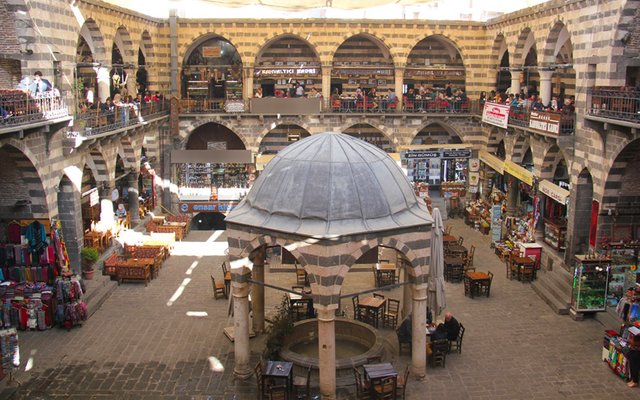
Hasan Paşa Han
Hasan Pasha Khan was built by Sokullu Mehmet Pasha's son Vezirzade Hasan Pasha after Diyarbakir was taken over by the Ottomans and used for many years as an important merchant's inn. Renovated after restoration work, the inn is one of the important historical and tourist sites of Diyarbakir.
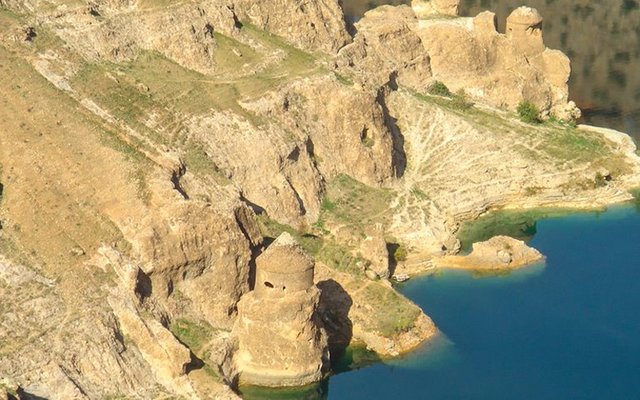
Asur Fortress is one of the most important historical assets of the city, built by the Assyrians at the Eğil district of Diyarbakir. The royal cemeteries belonging to the Assyrian kingdom are located in the north-east of the Assyrian Fortress where the tunnels of the main rock are carved.
Eating and drinking in Diyarbakır
Diyarbakir's past has been based on thousands of years ago and has hosted countless civilizations in this process. Diyarbakır meals are rich in meat, and they offer many alternatives ranging from rib stuffed to offal, kebab to local delicacies. The local cuisine, mainly of lamb, sumac, pepper, coriander, butter and bulgur, is influenced by different and unique tastes. The stuffed ribs, the plate pan, and the liver are among the dishes identified with Diyarbakır. Of course, so is the Diyarbakır watermelon.
Dishes hold an important place in Diyarbakır regional cuisine. Meftune, eggplant, zucchini or kenger are prepared using. Among the regional dishes, it is possible to count them as guinea mumbar, belluh, hillorik, pork, fits, lebeni, kibe kudur and habeniskiyi. Lebeni is a yogurt soup that is unique to Diyarbakir. Hylloric is prepared from coriander and fine bulgur. A meal prepared with the stuffing of kibe mumbar stuff, bambarın with rice, mince, tomato paste and spices. For desserts, zingil, kadayıf, nuriye freshwater, halbur date are among the ones to be absolutely tasted.
For those who love liver, Umut cigarcisi and Dağkapı kebabçısı, you will find special tastes in Diyarbakır, Haşim Usta Taste World and the wonderful gilders and before that, cucumbers, greenery, various delicacies, and honorable addresses are prominent in the city. Selj Uncle's Sofra Salon which is famous for rib stuffing but also contains other specialties such as bamboo filling and casserole, Keyf-i Kebap which is the luxury kebab of Diyarbakır and Paçacı Fazıl which has a rich menu for lovers of forklift is also the main favorite dish of the city venues. With three branches, you can try Sıtkı Usta Kadayıf and Künefe Hall and Kadayıfçı Levent Usta to taste the unique taste of Diyarbakır burma kadayıfı and other desserts
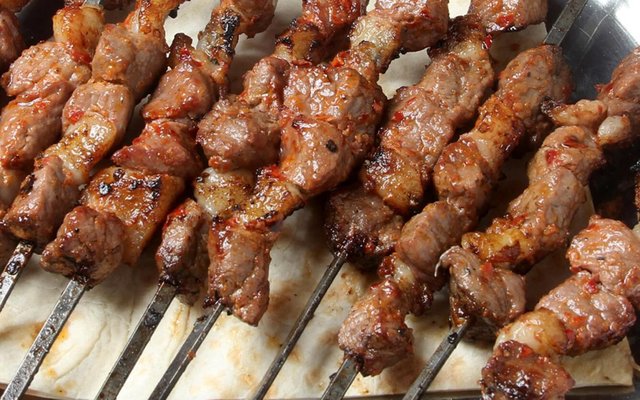
Diyarbakir shopping
In Diyarbakir, shopping is usually provided from bazaars where you can find local products. From here you can find gifts for yourself and your loved ones. In Diyarbakir, which is especially rich in handcrafts, shops selling keçeci, takunyacı, hand-woven carpets and rugs will tell you thousands of years of city history. There is also the Ninova Shopping Center, where you can opt to reach the chain brand.
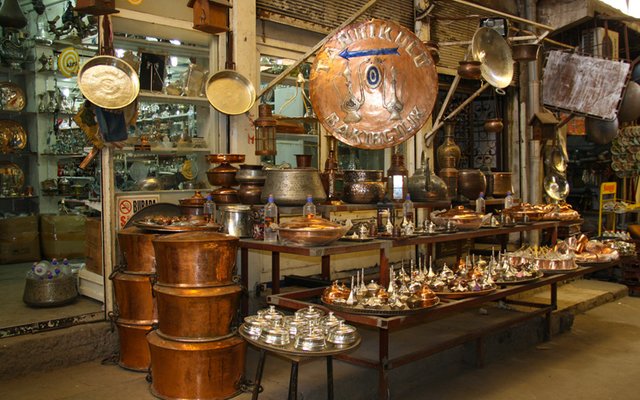
Sipahi Market is the most colorful in the historical bazaars of Diyarbakir. It is possible to find various shops with tobacconists, carpenters and felons. Even if you take something, it's a very interesting place to visit. In the Jeweler's Market, you can find the most beautiful products of city-specific gold workmanship and Mardin silver works. You can find various cheese and yogurts brought from neighboring provinces and districts as well as Diyarbakir's famous knitted cheese at the Peyniriler Market at Mardin Gate.
Diyarbakır accommodation
It is possible to find many options in Diyarbakir which is attracting attention every day in terms of tourism, from luxury hotels to hotels with an average quality of service. SV Business Hotel is located in Inonu Caddesi, Dedeman welcomes you from a luxurious hotel with gym, bar, pool and swimming pool. Surkent Hotel Surkent is an affordable and charming place. On the other hand, Büyük Kervansaray Hotel, one of the oldest caravanserai, is very advantageous as it is located in the historical city center of Diyarbakir. Birkent Hotel, a clean, modern city hotel, is located on Inonu Caddesi. The Hilton Garden Inn Diyarbakir and Dies Hotel are also among the other options for business or leisure visitors to the city.
When to go to Diyarbakır
Diyarbakir, where the land climate dominates, is particularly suitable for sightseeing in the spring months. Considering that the warmest month average is 31 degrees and the coldest month average is 1,8 degrees, the hot summer summers to the tourist or business cities may be hot and the winters may be cold and rainy.
How to go to Diyarbakır
Located in Diyarbakir in southeastern Turkey, Istanbul, Ankara and Izmir, it can be reached by air. Scheduled flights from İstanbul Atatürk Airport and Sabiha Gökçen Airport, Ankara Esenboğa Airport and İzmir Adnan Menderes Airport to Diyarbakir Airport. The new Diyarbakir Airport opened in 2015 is the largest airport in the entire Southeast Anatolia Region. In addition to Şehre land transportation, it is also possible to reach the railway via the South Express from Istanbul and Ankara.
When you reach the open air museum in Diyarbakir, Turkey is waiting for a cultural city that hosts many firsts in the past you. Çayeli, the oldest village in the world, where people first settled in the village life of nomadic settlement, is located near the Ergani district 65 km away from the city. Besides, Diyarbakir and its surrounding caves are also one of the oldest cave settlements of Anatolia. Diyarbakir is not just a city you will want to see many times